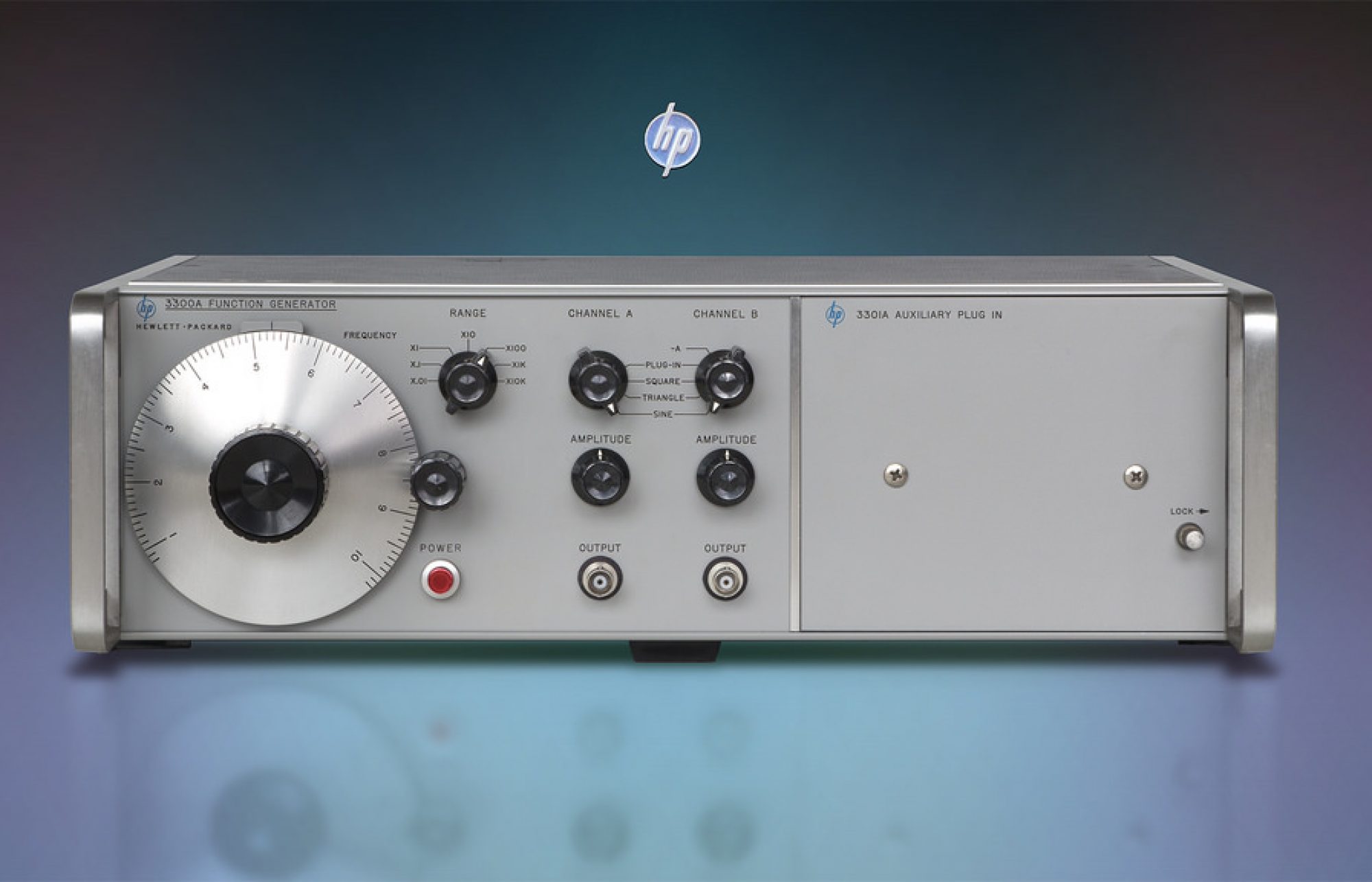Listening Guide: Exam 1
Page numbers (i.e. …….p. xx) refer to the following book:
Schrader: Introduction to Electro-Acoustic Music, Barry Schrader, Prentice-Hall, 1982.
Pierre Schaeffer: Études [1948] [dur. 9’10”]……………………………………………………………………………………………..p. 10
* revolutionary characteristics of musique concrète
* composition accomplished by technological process
* “unlimited” reproduction … exactly the same each time
* replay not dependent on human performers
* begins with real or “concrète” sounds
>> all Études use “direct to wax” technology [Schaeffer switched to tape (grudgingly!) in 1951]
Pierre Schaffer: Etude 1 >>sound sources: trains sounds [dur. 3′]
Pierre Schaeffer: Etude 2 >>sound sources: whistling tops, xylophone, bells, kalimba [dur. 2′]
Pierre Schaeffer: Etude 3 (pathetique) [dur. 4’10”]
>> sound sources: spinning pan lids, harmonica, accordion, chanting Tibetan monks, Balinese music,
>> chugging canal boats, piano, human speech (French), coughing
Common tape recorder technology — 3 heads (from right to left: erase head, record head, and playback head)
Otto Luening
>> sound source: flute sounds; techniques: low-speed playback and lots of tape feedback delay
Vladamir Ussachevsky
>> sound sources: mostly piano sounds (w/keyboard), some human speech •significant use of direction change, often in combination with speed change;
>> use of editing to control envelope of sound …. also notable ….
>> tape feedback delay when the piano
>> sound sources: 1 gong stroke, 1 kettle drum note, 1 jet plane sample, organ, piano (w/keyboard),
>> 4 sine wave oscillators, tape recorder switch
>> lots of speed and direction change; some use of editing to control envelope of sound … also notable
>> prominent use of tape feedback delay ca. 1’40” — 2’00” with lively piano music
Hugh LeCaine
>>sound source: ONE water drop recorded and duplicated 25 times! (Note: Schrader completely is wrong here!)
>>uses a custom-made loop player (forerunner to Mellotron) w/ variable speed control
Iannis Xenakis
>> sound source: burning charcoal •high–speed playback
>> Philips Pavilion, 1958 Brussels World’s Fair; 425 loudspeakers (avant garde “Muzak” ?!?)
Edgard Varèse
>> sound sources: bells, percussion, voices, sirens, jet planes, etc. (plus electronic sounds)
>> Philips Pavilion, 1958 Brussels World’s Fair; 425 loudspeakers (avant garde “Muzak” ?!?)
Luciano Berio
>> sound source: human speech [composer’s wife noted soprano,Cathy Berberian] reading from James Joyce’s Ulysses, beginning of chapter 11.
>> layers vocal tracks (mixed to stereo) — with speed change — to create “chorus” effects •also: bl•bl•bl•bl•blo•blo•blo•blo•bloo•bloo•bloo•bloo•bloo•bloom•bloom•bloom
John Cage
>> See also discussion of Williams Mix, p. 25 [plus discussion in Chadabe pp. 54-58]
>> vast array of sound sources utilized; tremendous number of edits (cut and splice)
>> different shaped edits were used to create envelope (using full-track mono format)
>> 4 full-track mono machines used for mixing to 1 channel of stereo…(total: 8 tracks)
>> chance operations derived from I-Ching (Chinese Book of Changes)…coin toss, etc.
Iannis Xenakis
>> sound sources: wide variety of sound sources: especially cello bow on gongs, metal rods, cardboard, etc. also …
>> recordings of his orchestral music; signals from ionosphere converted to audio
>> compendium of tape manipulation techniques: notable use of speed change; overlapping & cross-fading
Toru Takemitsu
>> sound source: water — lots of different water sounds; from individual droplets to large splashes
>> recorded drops of water falling into/onto many surfaces; creates variety of timbres & envelope shapes
>> some surfaces (e.g. a bucket) create reverberation effects •reversed playback; variable speed playback; tape loops
>> very “Zen” sense of time & action — long silent pauses [Japanese “No” drama]
Tod Dockstader
>> sound sources: human laughter/speech (mostly); plus some electronic keyboard sounds
>> high-speed playback; lots of tape feedback delay; tape loops
Steve Reich
>> 2 identical tape loops drifting out-of-phase (due to slight differences in transport speed)
>> result recorded on a separate machine
>> create 2 more identical loops and repeat phase drift recording (now 4 “images”)
>> create 2 more identical loops and repeat phase drift recording (now 8 “images”)
>> sound source: human speech, by civil rights activist Daniel Hamm, victim of police beating (Harlem riots, 1964), explaining what he had to do in order to get medical treatment.
Alvin Lucier
>> sound source: human speech; the composer reads a speech into a microphone
>> resonant frequency reinforcement (acoustic feedback) tape loop of recorded speech is fed back into the room via loudspeakers and re-recorded on a second machine [15 generations in original 1970 version; 32(!) in 1980 version, a duration of 45’21”]. With each pass, successively more reinforcement of the room’s natural resonant frequencies occurs until they
completely obliterate the speech.
>> no tape manipulation is used, except for loop splicing
Mark Phillips
>> sound sources: all sounds produced on an old upright piano (mostly played “inside”) also use of “prepared” piano (layers of masking tape on strings)
>> much use of tape speed manipulation [often to create “imitative counterpoint”]
>> NO external reverb device used…all acoustic “reverb” sounds are from the piano itself.
John Lennon
Its inclusion on the Beatles double album (i.e. White Album) made it perhaps the most widely known example of musique concrète.
>> wide variety of sound sources and manipulation techniques (seems most influenced by John Cage)
>> human speech, piano, existing recording of music, prominent use of direction change
